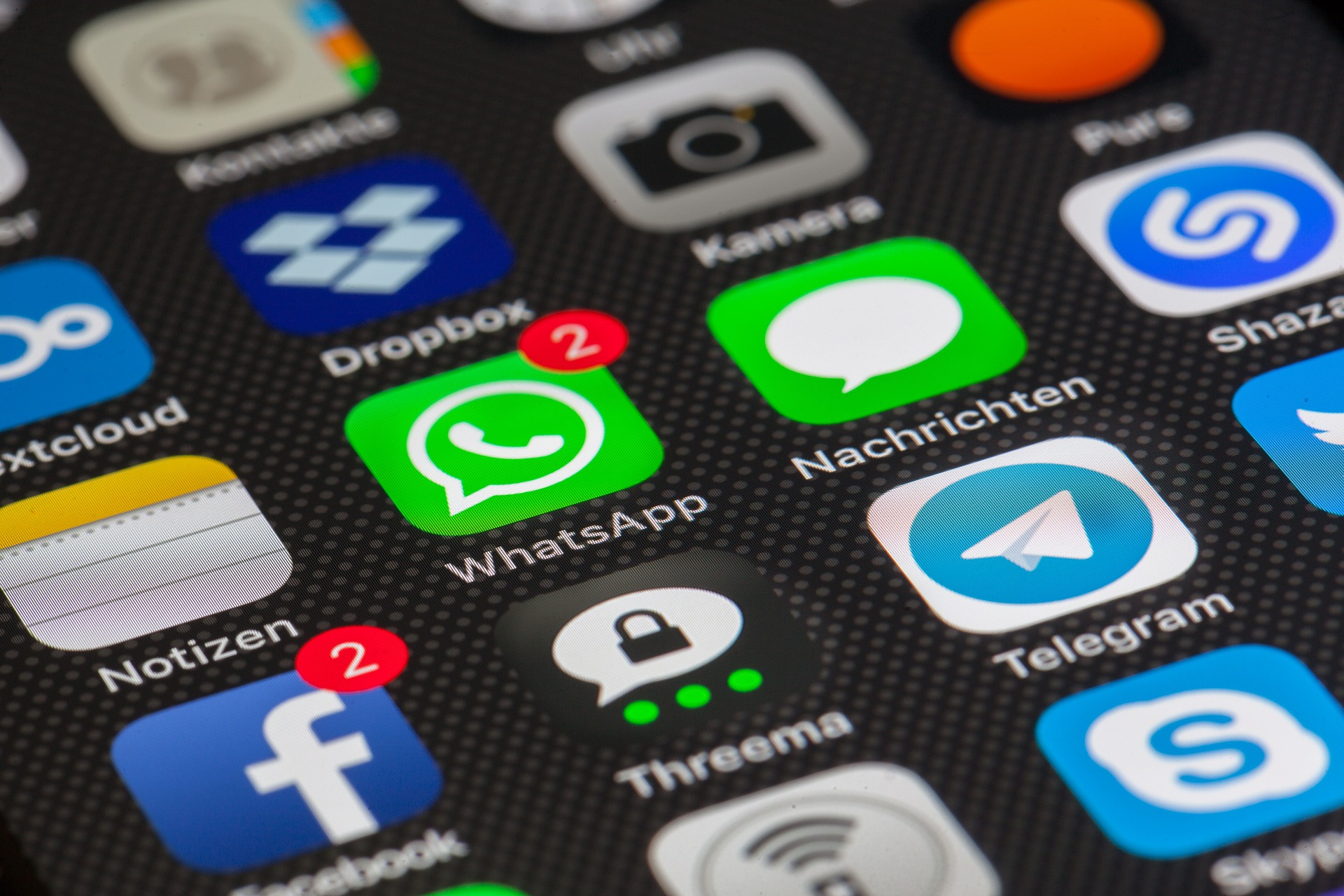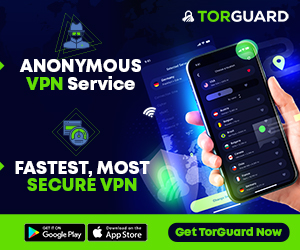Embarking on the journey of app development can be both exhilarating and daunting. In this ultimate guide, we’ll navigate every step from the initial conceptual spark to the successful launch of your app in the market. Whether you’re a seasoned developer or a newcomer with a groundbreaking idea, this guide aims to provide valuable insights, practical strategies, and insider tips to turn your vision into a reality. As we delve into the world of app creation, we’ll cover crucial topics such as market research, design principles, development methodologies, testing, and effective marketing strategies to ensure your app not only reaches its audience but truly stands out in the bustling app landscape.

1. Ideation and Conceptualization
In the initial phase of app development, ideation is critical. Transforming a raw idea into a detailed concept requires deep thought and innovative problem-solving. Start by identifying a need or problem that your app can address. Then, brainstorm features that will distinguish your app from competitors. Balance creativity with feasibility, ensuring the concept aligns with practical constraints such as budget, technical resources, and time.
Once the concept is established, it’s vital to validate it. Conduct market research to confirm there’s a demand for the app. Explore competitor solutions, survey potential users, and seek feedback from industry experts. This process will refine your app’s purpose and functionality, laying a strong foundation for the design and development stages that follow. When it comes to mobile apps, it’s best to find a professional app development company or partner with skilled developers to turn your idea into a reality. It’s essential to have a solid team that understands the project’s goals and can provide valuable insights during the development process.
2. Designing the User Experience
A successful app is one that provides an intuitive and seamless user experience (UX). Designing the UX begins with creating user personas and mapping out user journeys to understand the various ways users will interact with your app. Sketch out wireframes to establish the basic structure and flow before moving on to high-fidelity prototypes.
It is essential to pay attention to the visual elements as well. This includes selecting a color scheme, typography, and graphics that resonate with your target audience and reinforce your brand identity. Aesthetics should complement functionality, with every design decision guided by enhancing usability and user satisfaction.
3. Technical Development
When embarking on the technical development of your app, you must first select the right development approach (native, web, or hybrid) and technology stack to support your app’s features and requirements. Collaborate with your development team to establish a roadmap, breaking down the project into milestones with clearly defined timelines.
This stage is where your app truly comes to life as developers write code, integrate APIs and databases, and conduct rigorous testing to ensure its performance across various devices and operating systems. It’s crucial to maintain open communication with your team throughout the process to address any technical roadblocks promptly.
4. Quality Assurance and Testing
The quality assurance (QA) process involves thorough testing of your app’s functionality, usability, and performance. Different types of testing include functional, compatibility, security, and user acceptance testing (UAT). Conducting these tests systematically will identify any bugs or glitches that need fixing before launching your app.
To ensure your app meets the highest standards, consider hiring an external QA team or utilizing automated testing tools. Don’t underestimate the importance of robust testing as it can make or break the success of your app in the market.
5. Launch and Marketing
After months of hard work, it’s time to launch your app! Along with submitting it to the app store, create a comprehensive marketing plan to generate buzz and attract potential users. Utilize social media, influencer partnerships, and paid advertising to reach your target audience.
Post-launch, monitor user feedback and analytics closely to make necessary improvements and updates. Engage with your users through customer support channels, gather reviews and ratings, and continuously promote your app to maintain its relevance in the increasingly competitive app market.
6. Post-Launch Maintenance and Updates
The launch of your app is just the beginning. To ensure its longevity and success, ongoing maintenance and updates are crucial. Keep up with industry trends, user feedback, and technological advancements to continuously improve your app’s features and functionality.
Stay informed about any bugs or issues that may arise from software updates or changes in device specifications. Regularly release updates, new features, and bug fixes to keep your users engaged and satisfied with the app’s performance.

In conclusion, creating a successful app takes dedication, innovation, and meticulous attention to detail. By following this ultimate guide, you’ll be equipped with the knowledge and strategies to bring your app idea to life and make a lasting impact in the ever-evolving world of mobile applications. Now it’s time to turn that initial spark of an idea into a thriving app in the hands of satisfied users.





